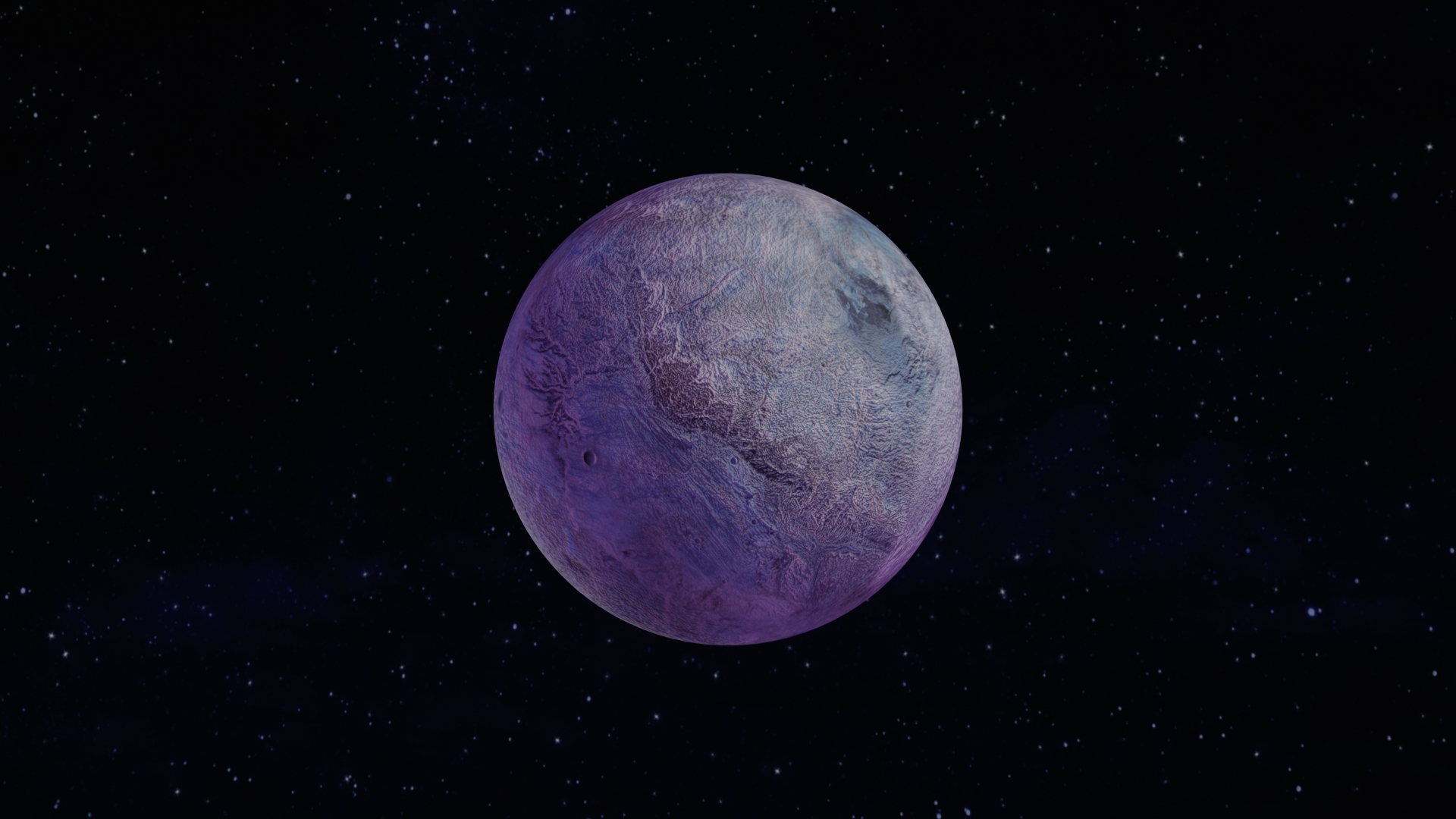🧊Ice
An ice planet or icy planet is a type of planet with an icy surface of volatiles such as water, ammonia, and methane. Ice planets consist of a global cryosphere.
Details
An ice planet's surface can be composed of water, methane, ammonia, carbon dioxide (known as "dry ice"), carbon monoxide, nitrogen, and other volatiles, depending on its surface temperature. Ice planets would have surface temperatures below 260 K (−13 °C) if composed primarily of water, below 180 K (−93 °C) if primarily composed of CO2 and ammonia, and below 80 K (−193 °C) if composed primarily of methane.
On the surface, ice planets are hostile to life forms like those living on Earth because they are extremely cold. Many ice worlds likely have subsurface oceans, warmed by internal heat or tidal forces from another nearby body. Liquid subsurface water would provide habitable conditions for life, including fish, plankton, and microorganisms. Subsurface plants as we know them could not exist because there is no sunlight to use for photosynthesis. Microorganisms can produce nutrients using specific chemicals (chemosynthesis) that may provide food and energy for other organisms. Some planets, if conditions are right, may have significant atmospheres and surface liquids like Saturn's moon Titan, which could be habitable for exotic forms of life.
Resources Reserves
Below, you can consult the resource reserve ranges according to rarity:
| Rarity | Metal | Crystal | Petrol |
|---|---|---|---|
Common | 9M - 11M | 257K - 314K | 1,59M - 1,94M |
Uncommon | 9,45M - 11,55M | 270K - 330K | 1,66M - 2,04M |
Rare | 10,35M - 12,65M | 295K - 361K | 1,82M - 2,23M |
Epic | 11,7M - 14,3M | 334K - 408K | 2,06M - 2,52M |
Legendary | 13,5M - 16,5M | 385K - 471K | 2,38M - 2,91M |
Last updated
